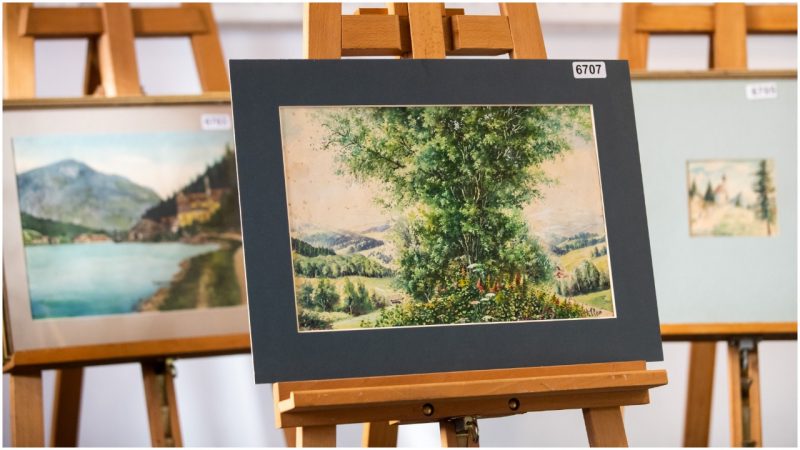Five paintings attributed to Adolf Hitler failed to sell at an auction in the German city of Nuremberg in February 2019, but doubts about their authenticity may have scared off bids as much as the identity of the artist. High starting price points ranging between $21,000 and $50,000 also played a part.
The Nürnberger Nachrichten newspaper reported recently that no bids were received on the paintings, said to have been produced during Hitler’s early days in Bavaria as an aspiring artist. The Weidler auction house did not comment on the reasons. However, the paintings could be sold at a later date.
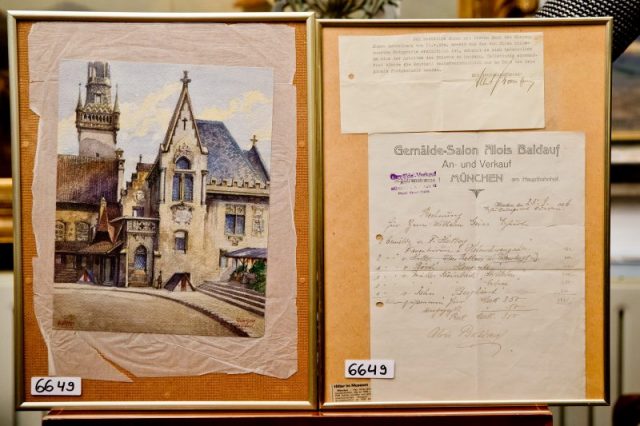
Among the items that failed to sell was a painting of a mountain lake view and a wicker armchair with a swastika symbol.
The Nuremberg mayor said the entire auction was in “bad taste.”
Despite commercialization of Hitler and the Nazis being widely condemned in Germany, dozens of works attributed to Hitler have been sold over the years.
Hitler, twice rejected by the Vienna Academy of Fine Arts, is known to have sold his artwork while living close to poverty before the outbreak of World War One. The future dictator is believed to have painted as many as 2,000 pictures as a young man as he unsuccessfully tried to make it as an artist.
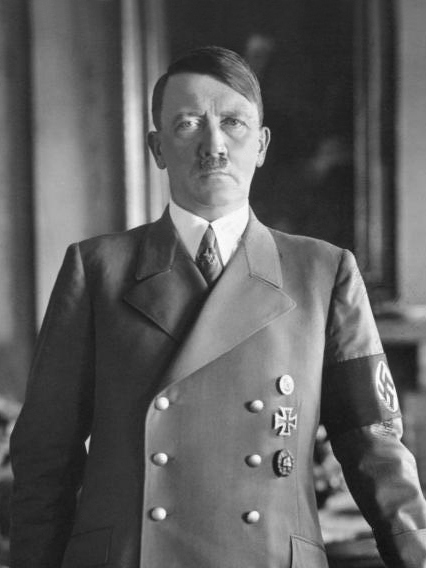
In 2015, Weidler auction house sold more than a dozen paintings attributed to Hitler for almost €400,000, according to the BBC. Bidders then reportedly came from Germany, China, France, Brazil, and the United Arab Emirates.
The Guardian reports, “According to Stephan Klingen of the Central Institute for Art History in Munich, Hitler had the style of ‘a moderately ambitious amateur’ but his creations did not stand out from ‘hundreds of thousands’ of comparable works from the period – making their authenticity especially hard to verify.”

Fake Hitler paraphernalia is a continuing problem, one that law enforcement tries to crack down on. Several days before the auction, prosecutors seized 63 other paintings attributed to Hitler from the same auction house in order to investigate allegations they were fake.
Nuremberg-Fuerth prosecutor’s office said it had opened an investigation against persons unknown “on suspicion of falsifying documents and attempted fraud”, chief prosecutor Antje Gabriels-Gorsolke told the AFP news agency.
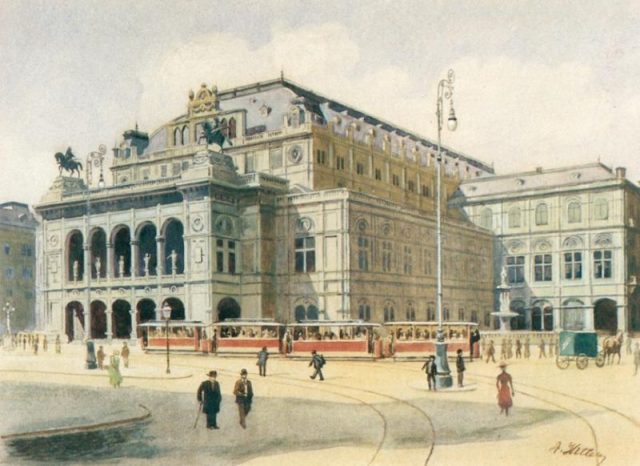
“If they turn out to be fakes, we will then try to determine who knew what in the chain of ownership,” she said.
Sales of alleged artworks by Hitler – whose campaign of extermination led to the mass murder of at least 12 million people during the Second World War – “frequently spark outrage that collectors are eager to fork out high prices for Nazi memorabilia,” said The Independent.
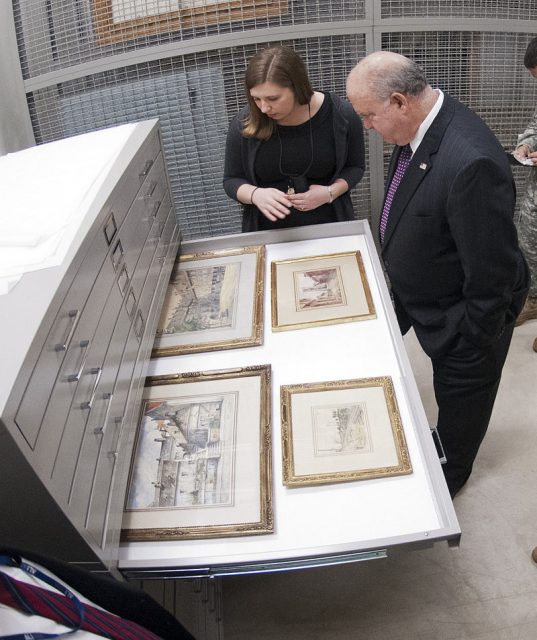
Some buyers insist they are making these purchases for historical reasons, but campaign groups warn items are also purchased by far-right group members who idealize Hitler and the Nazi Party.
Adolf Hitler was born on April 20, 1889, in the Upper Austrian border town Braunau am Inn, located about 65 miles from Munich. In 1898, the Hitler family moved to Linz, the capital of Upper Austria.
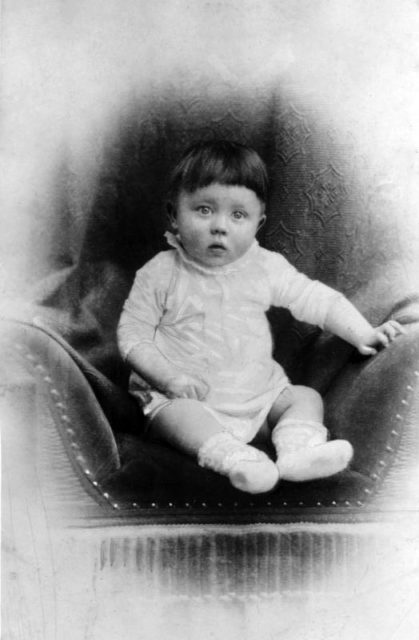
Hitler dropped out of school at the age of 16 and wanted a career as an artist, which his father opposed, saying his son should enter the Habsburg civil service. After his father’s death, Hitler pursued his goals.
Read another story from us: When Groucho Marx Literally Danced on Hitler`s Grave
From 1908 to 1913, Hitler lived in Vienna. He had little money, and painted watercolor scenes of Vienna to earn a subsistence living. In 1913 he moved to Munich, and eagerly volunteered to serve in the German army at the outbreak of World War One.
